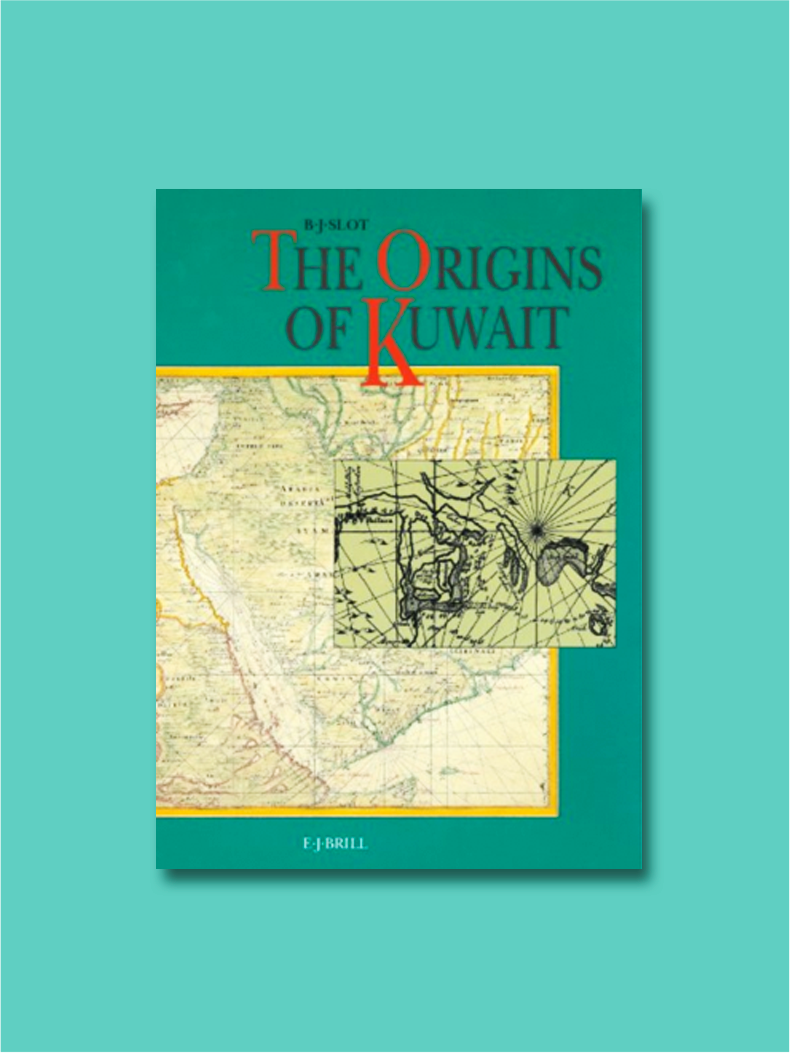

Mubarak bin Sabah the First



Knox’s pedigree, while authoritative regarding the later generations, is not without error as regards the earlier generations. Knox believed that Sabah the First had two sons, His Highness the former Emir Abdullah Al Sabah and Muhammad Al Sabah, whereas Kuwaiti historians traditionally believed that Sabah I had five sons. This view was held by ‘Abd al-‘Aziz al-Rashid in his Tarikh al-Kuwait (History of Kuwait) (Baghdad, 1926) and Shaikh Yusuf bin ‘Isa Al Qinai in his Safahat min Tarikh al-Kuwayt (Pages from the History of Kuwait) (Cairo, 1946), both prominent figures in Kuwait in the first half of the twentieth century,1 and today all contemporary historians agree. Knox’s confusion is largely explained by his recording two of Sabah the First’s sons, Salman and (a second) Muhammad, with their correct line of descent, as being the sons of His Highness the former Emir Abdullah Al Sabah.
The earliest contemporary source on Kuwait mentioning the al-Sabah, written in 1756 by Baron Tiddo Frederik van Kniphausen, the agent for the Dutch East Indies (VOC) company at Kharg Island, specifically mentions Mubarak bin Subah as being the highest ranking shaikh in Kuwait, although because he is poor and still young, another, called Mahomed Eben Khalifa [Muhammad nin Khalifah], who is rich and possesses many vessels , enjoys almost equal respect”. 2 At this early stage of Kuwait’s history, control of the nascent country was divided between three leading families: the Al Sabah, who were the rulers and controlled the administration; the Al Khalifa, who controlled pearling and trade; and the Al Jalahama, who controlled maritime affairs. Kniphausen’s report leads to the inevitable conclusion that Mubarak bin Sabah the First at some stage ruled Kuwait, contrary to the traditional view that Sabah the First’s youngest son, His Highness the former Emir Abdullah Al Sabah, succeeded him. This is the view of B J Slot and others.3 If so, Mubarak’s reign was short, as it was forgotten, or he ruled in conjunction with his younger brother, His Highness the former Emir Abdullah Al Sabah, in the early years of the latter’s reign.
Confirmation that the descendants of Salim bin Mubarak bin Sabah the First do indeed descend from Mubarak, rather than Muhammad as Knox claimed in his pedigree, is confirmed by Kemball in his 1854 Bombay report, when he refers to the grand nephew (or, more precisely, cousin, second degree) of His Highness the former Emir Jabir Al Sabah as Jarrah bin Salim bin Mubarak bin Sabah. Ali bin Guloom Redha in his letters also indicates that Mohammad bin Salim Jarrah Salim Mubarak Sabah the First was a martyr, providing further evidence of Mubarak Sabah the First’s descendants
The earliest contemporary source on Kuwait mentioning the al-Sabah, written in 1756 by Baron Tiddo Frederik van Kniphausen, the agent for the Dutch East Indies (VOC) company at Kharg Island, specifically mentions Mubarak bin Subah as being the highest ranking shaikh in Kuwait, although because he is poor and still young, another, called Mahomed Eben Khalifa [Muhammad nin Khalifah], who is rich and possesses many vessels , enjoys almost equal respect”. 2 At this early stage of Kuwait’s history, control of the nascent country was divided between three leading families: the Al Sabah, who were the rulers and controlled the administration; the Al Khalifa, who controlled pearling and trade; and the Al Jalahama, who controlled maritime affairs. Kniphausen’s report leads to the inevitable conclusion that Mubarak bin Sabah the First at some stage ruled Kuwait, contrary to the traditional view that Sabah the First’s youngest son, His Highness the former Emir Abdullah Al Sabah, succeeded him. This is the view of B J Slot and others.3 If so, Mubarak’s reign was short, as it was forgotten, or he ruled in conjunction with his younger brother, His Highness the former Emir Abdullah Al Sabah, in the early years of the latter’s reign.
Confirmation that the descendants of Salim bin Mubarak bin Sabah the First do indeed descend from Mubarak, rather than Muhammad as Knox claimed in his pedigree, is confirmed by Kemball in his 1854 Bombay report, when he refers to the grand nephew (or, more precisely, cousin, second degree) of His Highness the former Emir Jabir Al Sabah as Jarrah bin Salim bin Mubarak bin Sabah. Ali bin Guloom Redha in his letters also indicates that Mohammad bin Salim Jarrah Salim Mubarak Sabah the First was a martyr, providing further evidence of Mubarak Sabah the First’s descendants

